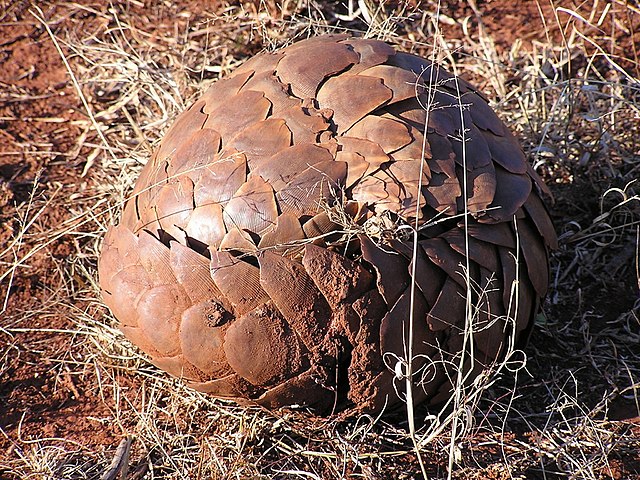Terrestrial locomotion has evolved as animals adapted from aquatic to terrestrial places. Movement on land makes different problems than that on water, with less friction instead being the effects of gravity.


There are three basic forms of movement found among land animals:
- Legged - Moving by using legs
- Limbless locomotion - moving without legs, mostly using the body
- Rolling - rotating the body
Legged locomotion
Movement on legs is the most common form of land movement. It is the simple form of movement of two big groups with many members, the vertebrates and the arthropods.
Limbless locomotion

There are a number of land and amphibious limbless vertebrates and invertebrates. These animals, due to lack of legs, use their bodies to move. These movements are sometimes called to as "slithering" or "crawling".
Rolling

Although animals have never have wheels for locomotion,[1][2] some animals can move by rolling their whole body.
Limits and extremes
The fastest terrestrial animal is the cheetah, which can get speeds of about 104 km/h (64 mph).[3][4]
Related pages
- Walking fish
References
Wikiwand in your browser!
Seamless Wikipedia browsing. On steroids.
Every time you click a link to Wikipedia, Wiktionary or Wikiquote in your browser's search results, it will show the modern Wikiwand interface.
Wikiwand extension is a five stars, simple, with minimum permission required to keep your browsing private, safe and transparent.
